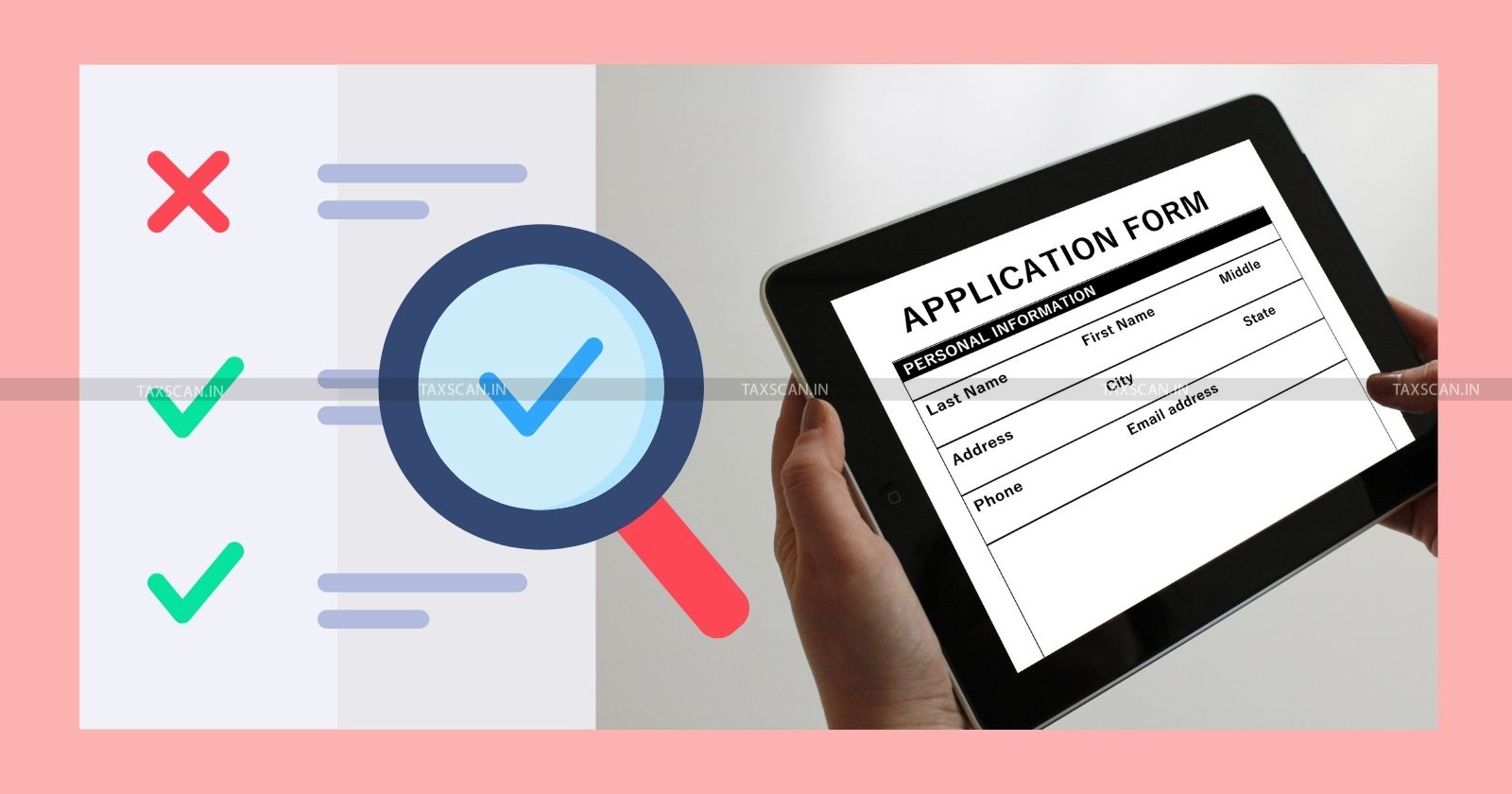Filing of Rectification Application u/s 154 of the Income Tax Act: Explained
Section 154 of the Income Tax Act allows taxpayers to correct apparent errors in assessment orders through a simplified online process directly with their Assessing Officer.

Taxpayers sometimes face situations where errors appear in their income tax assessment orders. These errors could be clerical mistakes, calculation errors, or incorrect deductions or exemptions. To address such issues, Section 154 of the Income Tax Act, 1961, allows taxpayers to request the correction of mistakes that are "apparent on the face of the record."
How to Compute Income from Salary with Tax Planning, Click Here
With the recent updates to the Income Tax Department's online portal, filing rectification applications has become much easier. Taxpayers can now submit their requests directly to their Assessing Officer (AO) through the portal, avoiding time-consuming manual processes. Let us understand the entire process in simple terms.
What is Section 154 of the Income Tax Act?
Section 154 provides taxpayers and tax authorities with a mechanism to correct apparent errors in an assessment order. An "apparent error" means a mistake that is clear and does not require deep investigation. Examples include:
- Clerical or typographical mistakes.
- Calculation errors, such as incorrect tax computation.
- Omission of deductions or exemptions that the taxpayer is eligible for.
- Incorrect application of tax laws.
If you believe there is such an error in your assessment order, you can file a Rectification Application under Section 154 to have it corrected.
Why Should You File a Rectification Application?
Filing a rectification application can help in several ways:
- Correct Mistakes: Ensure that errors in your assessment order are fixed, leading to accurate records.
- Avoid Overpayment of Taxes: If a calculation error has resulted in excess tax being charged, rectification can reduce your tax liability.
- Prevent Penalties or Notices: Correcting errors ensures you comply with the law and reduces the risk of future disputes with the Income Tax Department.
- Save Time and Effort: With online submission now available, you can file rectification requests quickly and easily.
Huge Update: Direct Filing with the Assessing Officer (AO)
Previously, rectification applications were primarily handled by the Centralized Processing Center (CPC) or required manual submission. With the recent update, taxpayers can now file rectification requests directly with their AO through the Income Tax Department's online portal.
This change brings several advantages:
- No need for physical visits or manual submissions.
- Faster resolution as the application is sent directly to the AO.
- Simplified and transparent process.
Steps to File a Rectification Application Under Section 154
Step 1: Rectify the Mistake
The first step is to carefully review the assessment order and identify the specific error. Common mistakes include:
- Incorrect tax calculations.
- Missed deductions or exemptions.
- Clerical errors like wrong entries in income or expense details.
The mistake should be clear and evident from the records.
Step 2: Collect Necessary Documents
To support your rectification request, collect the following documents:
- Copy of the assessment order.
- Proof of deductions or exemptions that were not considered.
- Any other relevant correspondence with the Income Tax Department.
These documents will strengthen your case for rectification.
Step 3: Log In to the Income Tax Portal
- Visit the Income Tax e-Filing Portal.
- Log in using your PAN and password.
- Navigate to the "e-File" section and select "Rectification Request."
Step 4: Fill in the Rectification Request
- Select the relevant assessment year for which the order was issued.
- Choose "Assessing Officer" as the authority to rectify the order.
- Mention the type of mistake and clearly explain the correction needed.
- Upload supporting documents to substantiate your claim.
Step 5: Submit and Verify
- Review all details before submitting the request.
- Complete the e-verification process using methods such as Aadhaar OTP, net banking, or digital signature.
Step 6: Follow Up
After submission, the application will be reviewed by your AO. If the error is evident, the AO will pass a revised assessment order. You will receive a notification once the rectification is completed.
Time Limit for Filing Rectification Applications
It is important to file your application within the prescribed time:
- Four years from the end of the relevant assessment year.
For example, if the assessment year is 2022-23, the rectification application must be filed by March 31, 2027.
Benefits of Filing Online
The updated online system for rectification requests has made the process simpler and more efficient. Huge benefits include:
- Convenience: No need for physical visits to the AO’s office.
- Transparency: You can track the status of your application online.
- Faster Resolution: Direct filing with the AO reduces unnecessary delays.
Conclusion
Filing a rectification application under Section 154 is now more convenient than ever, thanks to the improved online portal. Use the online portal to simplify the process and avoid unnecessary hurdles, ensuring your tax compliance is smooth and worry-free.
-Support our journalism by subscribing to Taxscan premium. Follow us on Telegram for quick updates


